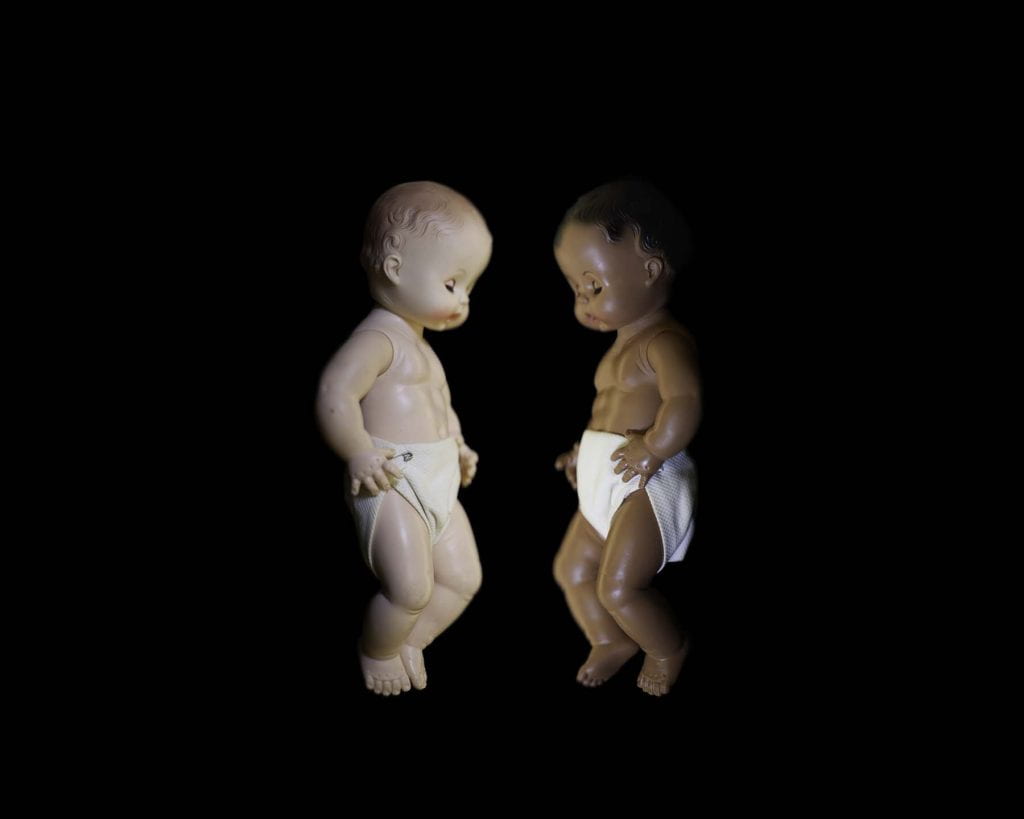“These artifacts are the forensic evidence of Black life and events in the United States.” —Wendel A. White
A midcentury voting machine. A shoe, perhaps made and worn by an African American Civil War soldier. A pair of baby dolls from a famed science experiment. A lock of hair from the most photographed American of his day: Frederick Douglass. All were selected and photographed in natural light by Wendel A. White, as part of his award-winning project Manifest: Thirteen Colonies.

Wendel A. White’s exhibition Manifest: Thirteen Colonies opens at Harvard University’s Peabody Museum of Archaeology & Ethnology (11 Divinity Avenue, Cambridge, MA) on Saturday, May 18, 2024, and will remain on view through Sunday, April 13, 2025. A public exhibition preview event will be presented with White on Thursday, May 16, 2024. The artist’s inaugural monograph, Wendel A. White: Manifest | Thirteen Colonies, will be available for pre-order at the opening. Co-published by Radius Books and the Peabody Museum of Archaeology & Ethnology, the title will be available in summer 2024 with a corresponding launch event this fall.

For this project, White photographed African-American materials housed in private and public collections throughout the thirteen original United States colonies and Washington, D.C. His subjects are rare, singular objects—such as the Clark baby dolls or a twisted fragment of stained glass from the 16th Street Baptist Church bombing—and everyday material such as diaries, documents, photographs, and souvenirs. Some images are related to famous historical figures such as Malcolm X (a tape recorder he used), James Baldwin (his inkwell), Phyllis Wheatley (her book of poems), and Zora Neale Hurston (manuscripts including Their Eyes Were Watching God). Some are connected to less known figures, such as Radcliffe anthropologist Caroline Bond Day, and previously known people such as the owner/maker of the shoe. Other images speak to slavery and empowerment. “I’ve been constructing a reliquary of all these objects,” White explains. “These artifacts are the forensic evidence of Black life and events in the United States.”

White is the Distinguished Professor of Art & American Studies at Stockton University in New Jersey and the 2021 Robert Gardner Fellow in Photography at the Peabody Museum, awarded to photographers to “document the human condition anywhere in the world.” Other Gardner Fellows include Joana Choumali, Alessandra Sanguinetti, and Dayanita Singh.
For more information on visiting the museums and upcoming events, including the ArtsThursdays series, HMSC membership, and enews sign-up, please visit hmsc.harvard.edu.
About the Harvard Museums of Science & Culture
The HMSC mission is to foster curiosity and a spirit of discovery in visitors of all ages by enhancing public understanding of and appreciation for the natural world, science, and human cultures. HMSC works in concert with Harvard faculty, museum curators, students, and members of the extended Harvard community to provide interdisciplinary exhibitions, events and lectures, and educational programs for students, teachers, and the public. HMSC draws primarily upon the extensive collections of the member museums and the research of their faculty and curators.
History
The Harvard Museums of Science & Culture (HMSC) partnership was established on July 1, 2012, by former Edgerley Family Dean of the Faculty of Arts and Sciences, Michael D. Smith, to develop a strong, coordinated public face for the six research museums that are within the Faculty of Arts and Sciences at Harvard:
See hours and admission rates on each of the HMSC museum websites:
- Collection of Historical Scientific Instruments
- Harvard Museum of Natural History
- Harvard Museum of the Ancient Near East
- Peabody Museum of Archaeology & Ethnology
Press Contact:
Faith Sutter
Media & Communications Specialist
Harvard Museums of Science & Culture
617-495-3397
sutter@hmsc.harvard.edu
